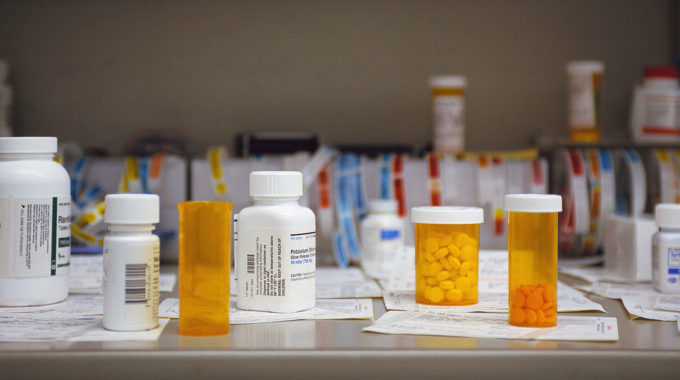
Can Shopping Around for Prescriptions Save Money?
Prescription-drug price increases can put important medication out of reach for many. People, skip doses, split pills, or abandon treatment altogether. Not having certain medicines can lead to serious health consequences. For example, if a person cannot afford needed insulin, the person may become ill and require hospitalization.
Did you know that prices of medication can differ from pharmacy to pharmacy, even within the same zip code? It’s true, according to a Consumer Reports Investigation, drugs varied in price by as much as ten times between pharmacies. A medication that may be $40 at one pharmacy might only be $10 at another. Just because you visit a chain store such as Walmart or CVS, does not guarantee the best prices on prescriptions.
Why are Pharmacy Prices so Different?
Every pharmacy, whether it’s a local store, a chain, or mail-order, has its own markup on drugs. Unlike many purchases, prescription drug prices are not advertised. Understanding a little about what components make up drug prices might influence your next purchase.
Here are a few things that affect the price of medications:
- Drug Cost: the ingredient cost the pharmacy pays to buy the drug
- Pharmacy Markup: additional amount the pharmacy may charge for the drug above the ingredient drug cost
- Dispensing Fee: a professional fee the pharmacist charges to fill the prescription (for example: covering services like maintaining medication records, consultation with a patient explaining the treatment, and how to dispense the medication)
These markups and dispensing fees can vary by company or region, impacting the final cost of prescription drug purchases. There are no limits to what a pharmacy can charge for medications. Most insurances limit the markups and dispensing fees they will reimburse to the pharmacy. If a pharmacy is charging markups that exceed this maximum, the reimbursement will be limited to the allowable amount. Patients pay the difference.
Insurance coverage can help defer prescription costs, but most plans have co-insurance amounts for which you are responsible. Taking time to shop around can limit your out-of-pocket costs – and those savings can add up quickly.
Shopping Around for Lower Prices
Did you know insurance doesn’t always have the best price? Because of deductibles and co-pays, shopping around might provide a better deal by purchasing the medications personally as opposed to paying with insurance. Try these strategies for locating the best price on medications:
• Call different pharmacies to check your out-of-pocket cost ahead of time.
• Contact local pharmacies and compare prices to big box stores.
• Use price-compare tools. There are good apps to help find the best prices.
• Check websites like GoodRx, SingleCare, and RxSaver to compare prices at different pharmacies
• Try an online pharmacy like Blink Health, order online, and/or choose mail delivery or pickup at a local pharmacy.
• Check prices with insurance and without insurance. In other words, ask about the “cash” price.
• Look for coupons or discount cards.
• Ask your doctor to check for a cheaper alternative or a generic version if available.
• Consider a patient assistance program like RxAssit.org.
In Summary
Finding the cheapest pharmacy to fill prescriptions shouldn’t be the grueling task it can sometimes be. After all, your time and money are precious.
What’s even more important is getting the medications you need without having to spend your entire life savings. Try a service like Blink Health or GoodRx to help you find the cheapest pharmacy to fill prescriptions and say goodbye to skimping on prescribed medication due to cost.






